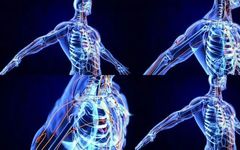
Human meridians can generally be divided into twelve primary meridians, eight extraordinary meridians, and the central channel described by Tibetan Vajrayana practitioners. The twelve primary meridians refer to the Gallbladder Meridian (Dan Jing), Liver Meridian (Gan Jing), Lung Meridian (Fei Jing), Large Intestine Meridian (Da Chang Jing), Stomach Meridian (Wei Jing), Spleen Meridian (Pi Jing), Heart Meridian (Xin Jing), Small Intestine Meridian (Xiao Chang Jing), Bladder Meridian (Pang Guang Jing), Kidney Meridian (Shen Jing), Pericardium Meridian (Xin Bao Jing), and San Jiao Meridian (San Jiao Jing).
These twelve meridians connect the body’s vital energies of the heart, lungs, liver, spleen, kidneys, large intestine, small intestine, stomach, gallbladder, bladder, and San Jiao, allowing for a natural circulation that follows the changes of the twelve time periods. In fact, these twelve meridians are interconnected in every normal human body.
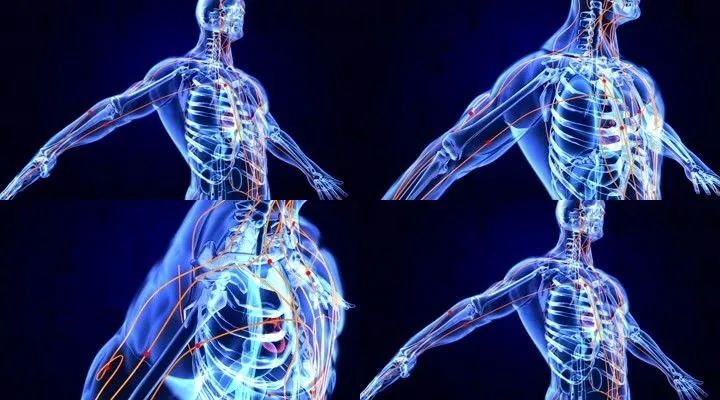
They are distributed on both sides of the body, running along the inner or outer sides of the upper or lower limbs. Each meridian corresponds to a specific organ or viscera, thus the name of each meridian includes three parts: hand or foot, yin or yang, and organ or viscera. Hand meridians run along the upper limbs, while foot meridians run along the lower limbs; yin meridians run along the inner sides of the limbs, belonging to the organs, while yang meridians run along the outer sides, belonging to the viscera.
The pathways and intersections of the twelve meridians follow certain rules. The “Lingshu: Reversal and Order of Fat and Thin” states: “The three yin meridians of the hand run from the chest to the hand; the three yang meridians of the hand run from the hand to the head; the three yang meridians of the foot run from the head to the foot; the three yin meridians of the foot run from the foot to the abdomen.” This means: the three yin meridians of the hand run from the thoracic cavity to the fingertips, intersecting with the three yang meridians of the hand; the three yang meridians of the hand run from the fingertips to the face, intersecting with the three yang meridians of the foot; the three yang meridians of the foot run from the face to the toes, intersecting with the three yin meridians of the foot; the three yin meridians of the foot run from the toes to the abdomen and thoracic cavity, intersecting with the three yin meridians of the hand, thus forming a cycle of “yin and yang interpenetrating, like a ring without end.”

The flow of qi and blood in the twelve meridians is as follows:
From the side of the nose, it flows into the Foot Yangming Stomach Meridian (Zu Yangming Wei Jing); from the tip of the big toe, it flows into the Foot Taiyin Spleen Meridian (Zu Taiyin Pi Jing); from the heart, it flows into the Hand Shaoyin Heart Meridian (Shou Shaoyin Xin Jing); from the tip of the little finger, it flows into the Hand Taiyang Small Intestine Meridian (Shou Taiyang Xiao Chang Jing); from the inner canthus of the eye, it flows into the Foot Taiyang Bladder Meridian (Zu Taiyang Pang Guang Jing); from the tip of the little toe, it flows into the Foot Shaoyin Kidney Meridian (Zu Shaoyin Shen Jing); from the chest, it flows into the Hand Jueyin Pericardium Meridian (Shou Jueyin Xin Bao Jing); from the tip of the ring finger, it flows into the Hand Shaoyang San Jiao Meridian (Shou Shaoyang San Jiao Jing); from the outer canthus of the eye, it flows into the Foot Shaoyang Gallbladder Meridian (Zu Shaoyang Dan Jing); from the big toe, it flows into the Foot Jueyin Liver Meridian (Zu Jueyin Gan Jing); from the lungs, it flows into the Hand Taiyin Lung Meridian (Shou Taiyin Fei Jing), completing a cycle.

Attached below is the most comprehensive diagram of human meridians available online, which includes not only the common twelve meridians but also the Ren and Du meridians, Chong Meridian, and Dai Meridian.
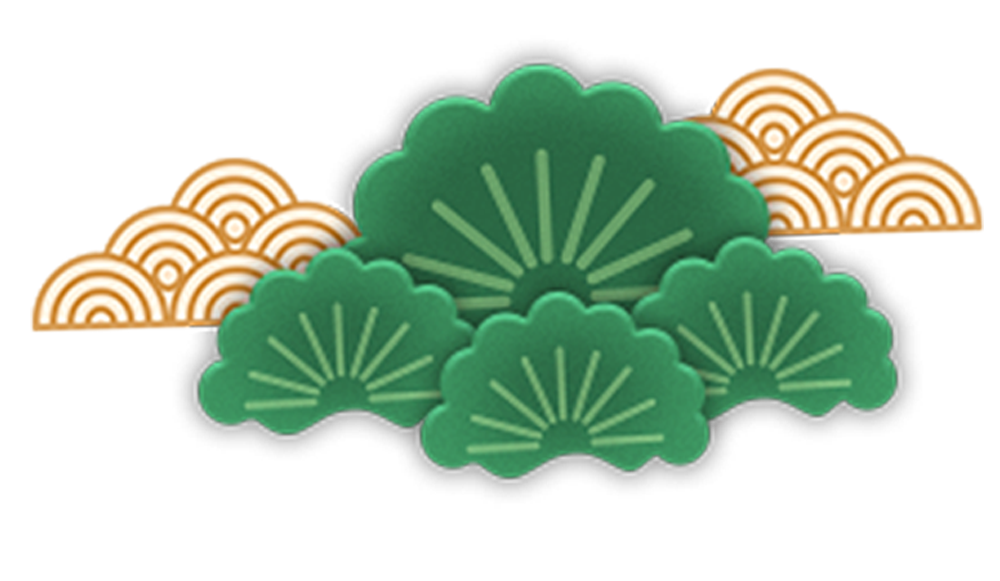
Ren and Du Meridians
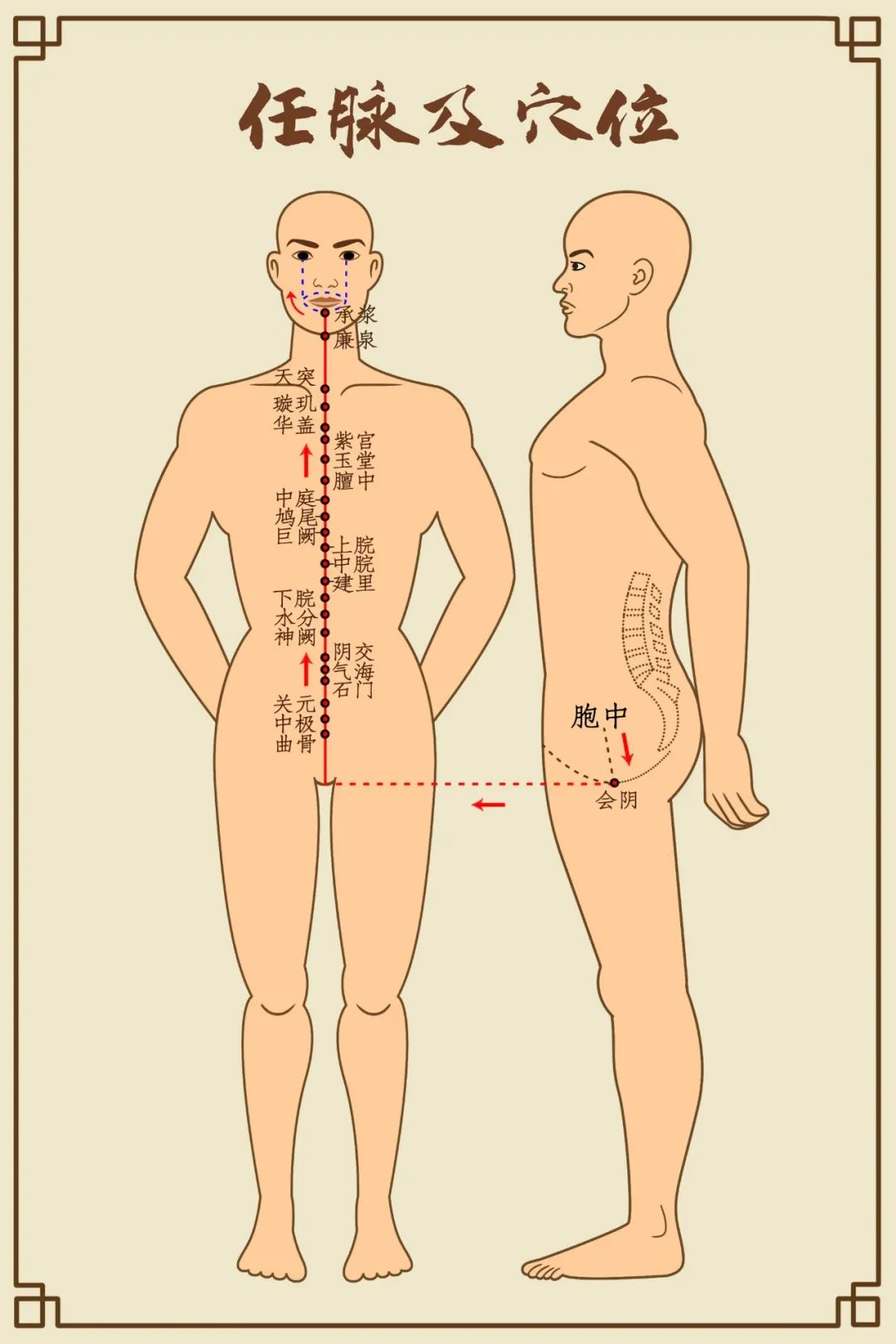
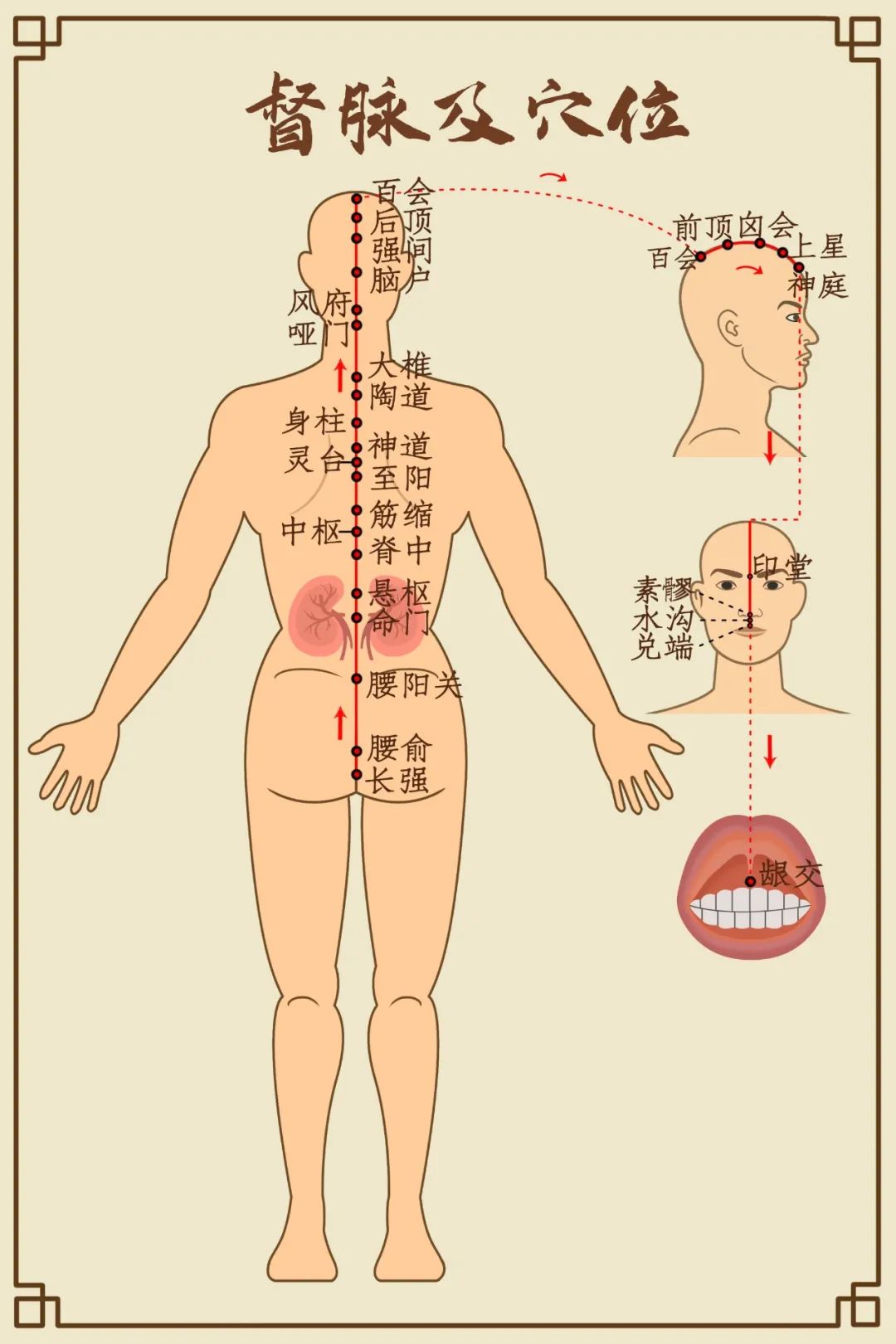

Hand Meridians
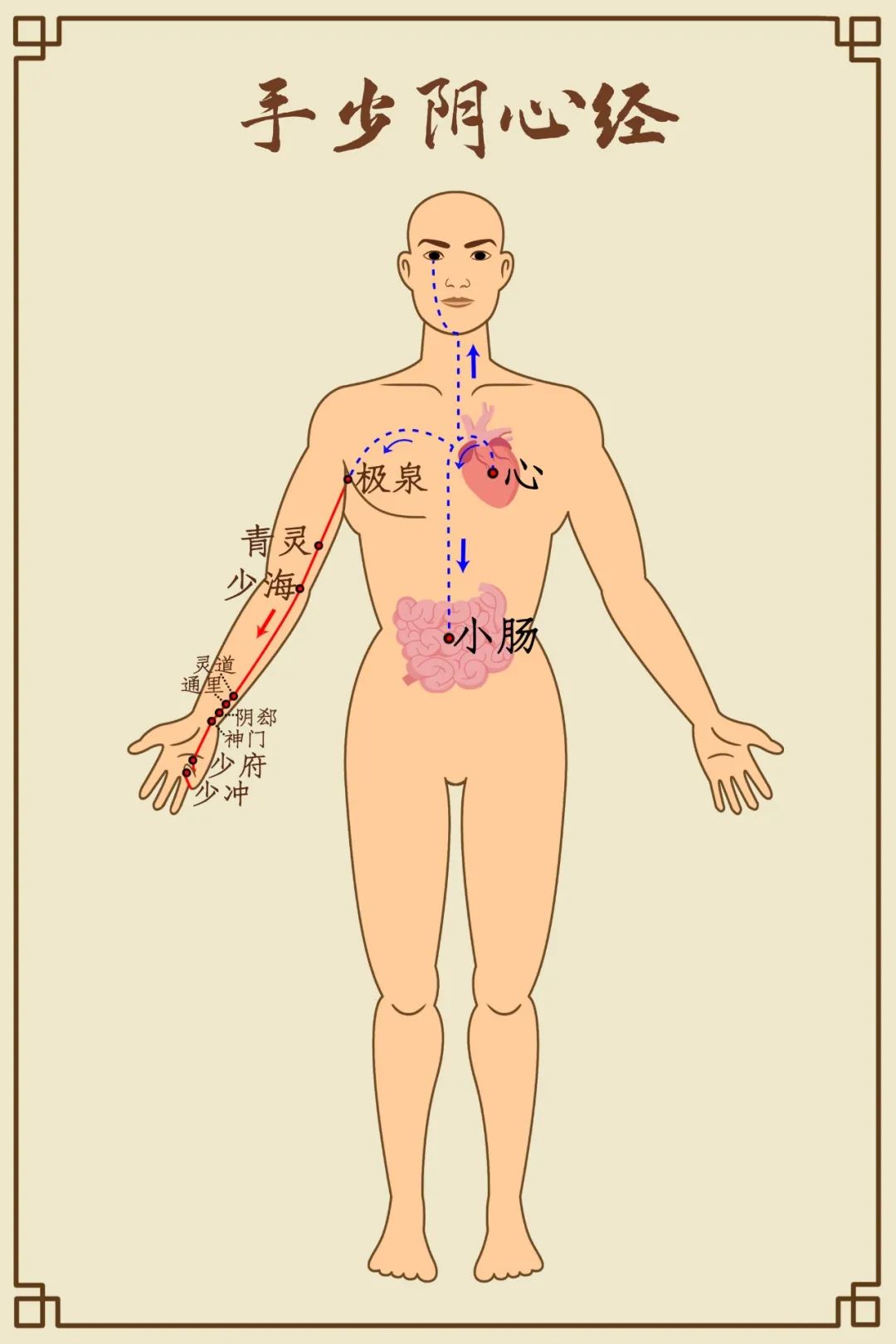
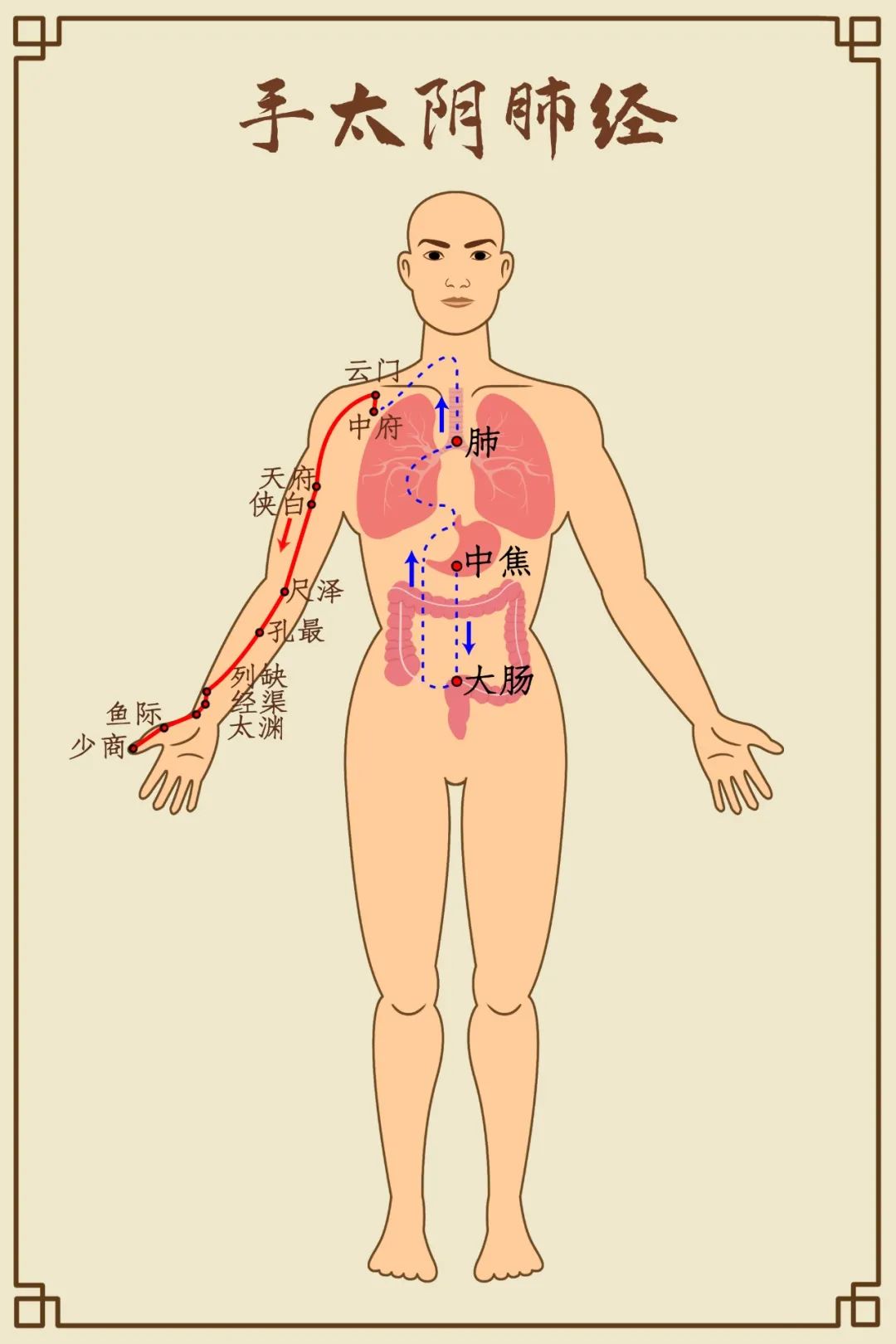
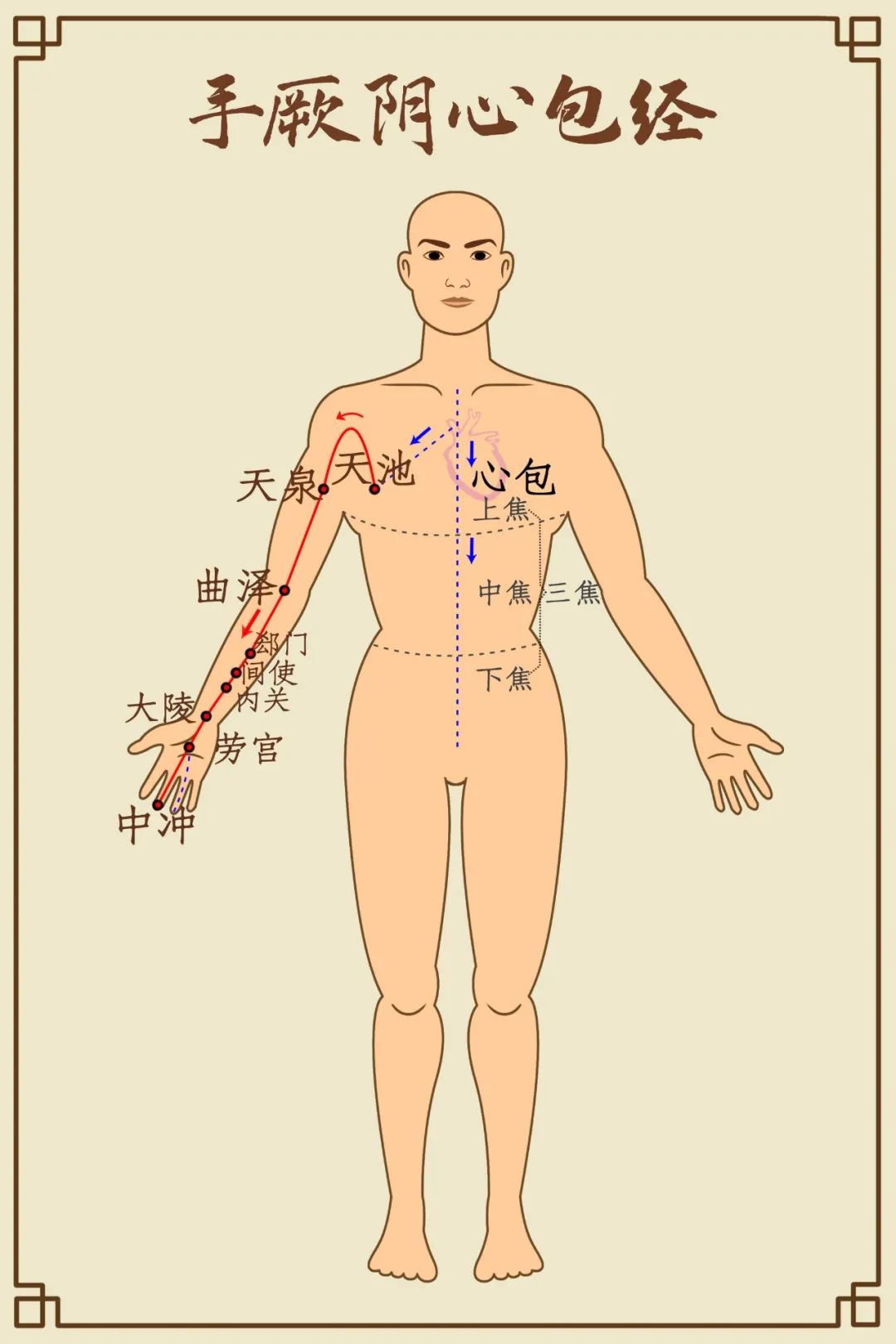
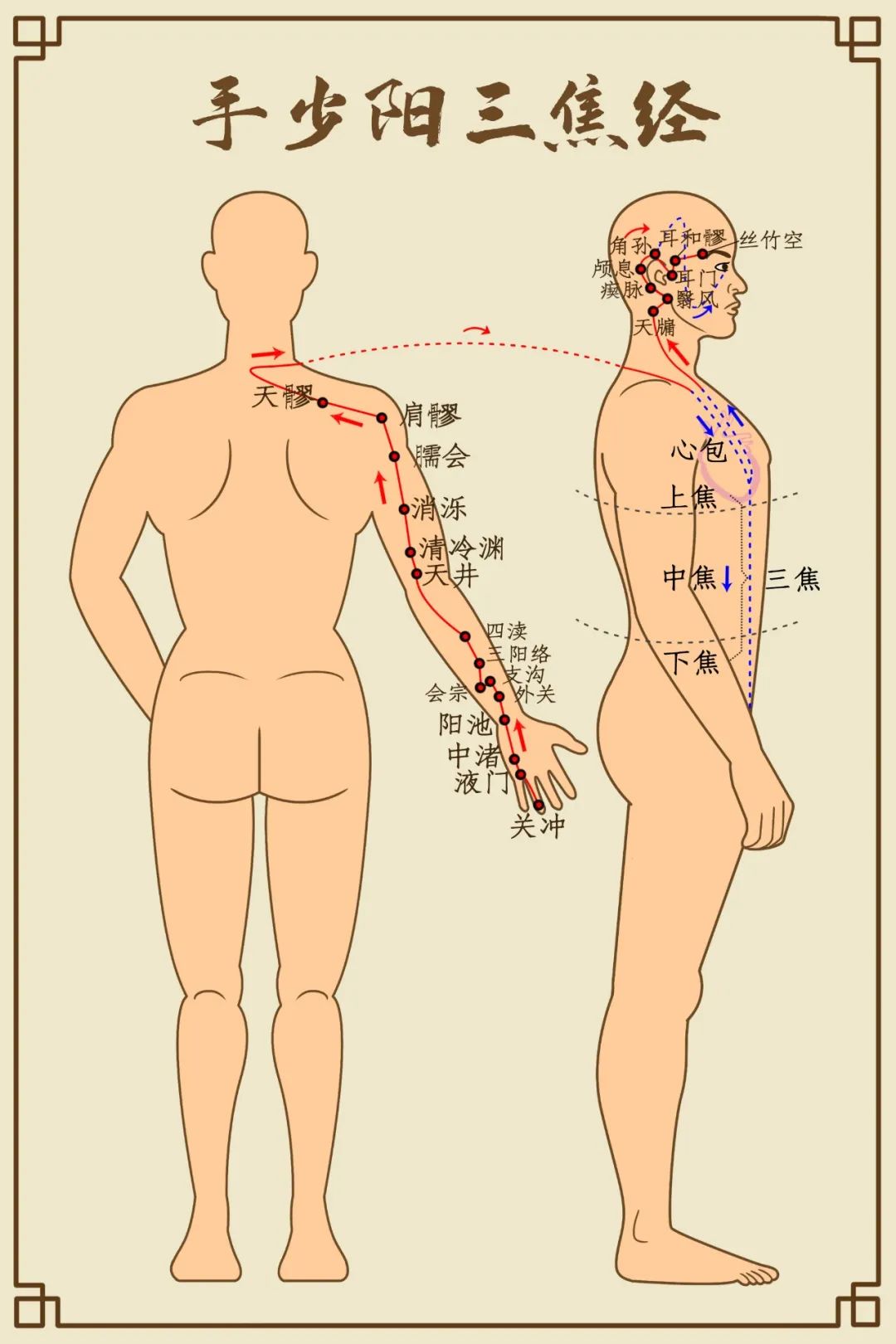
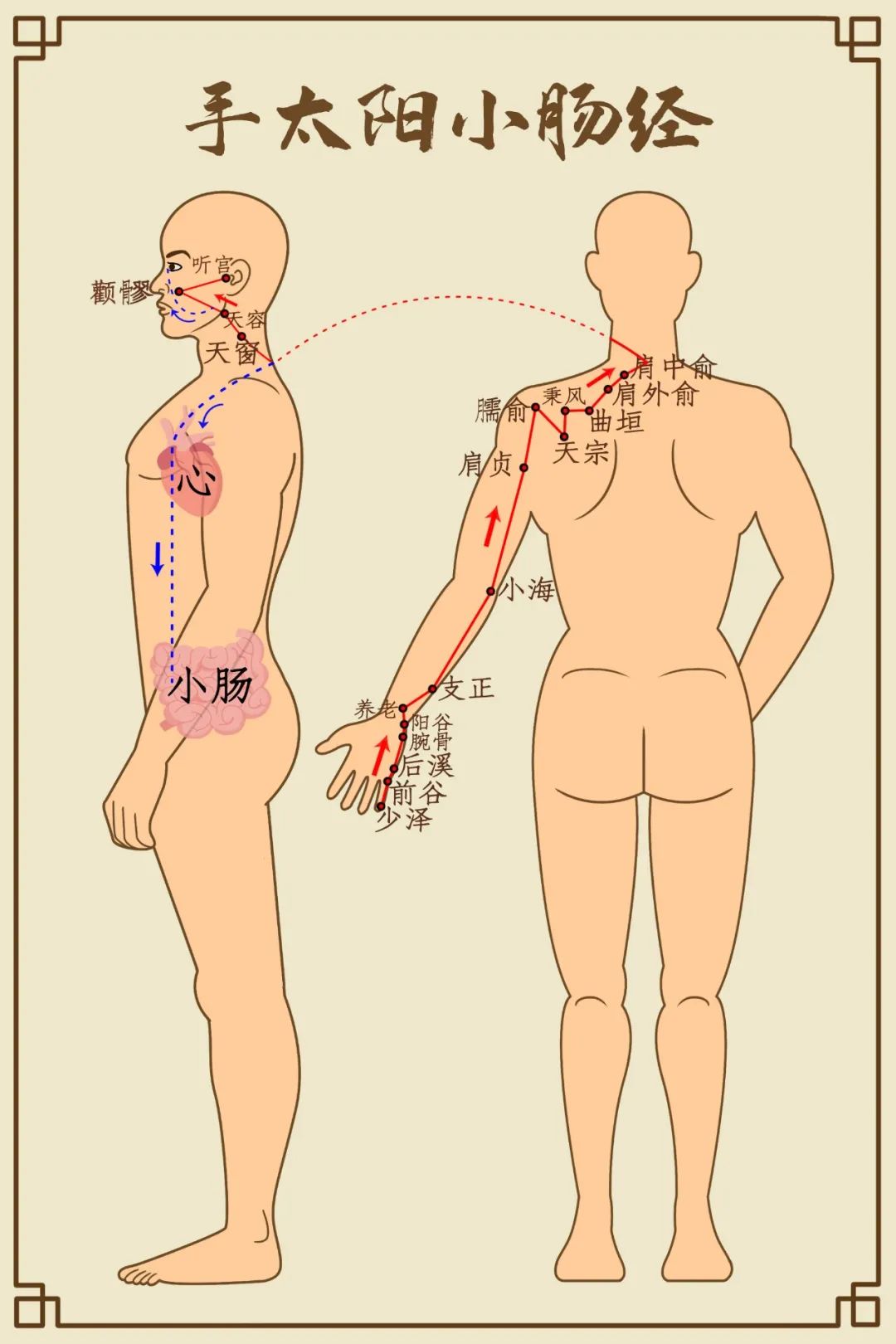
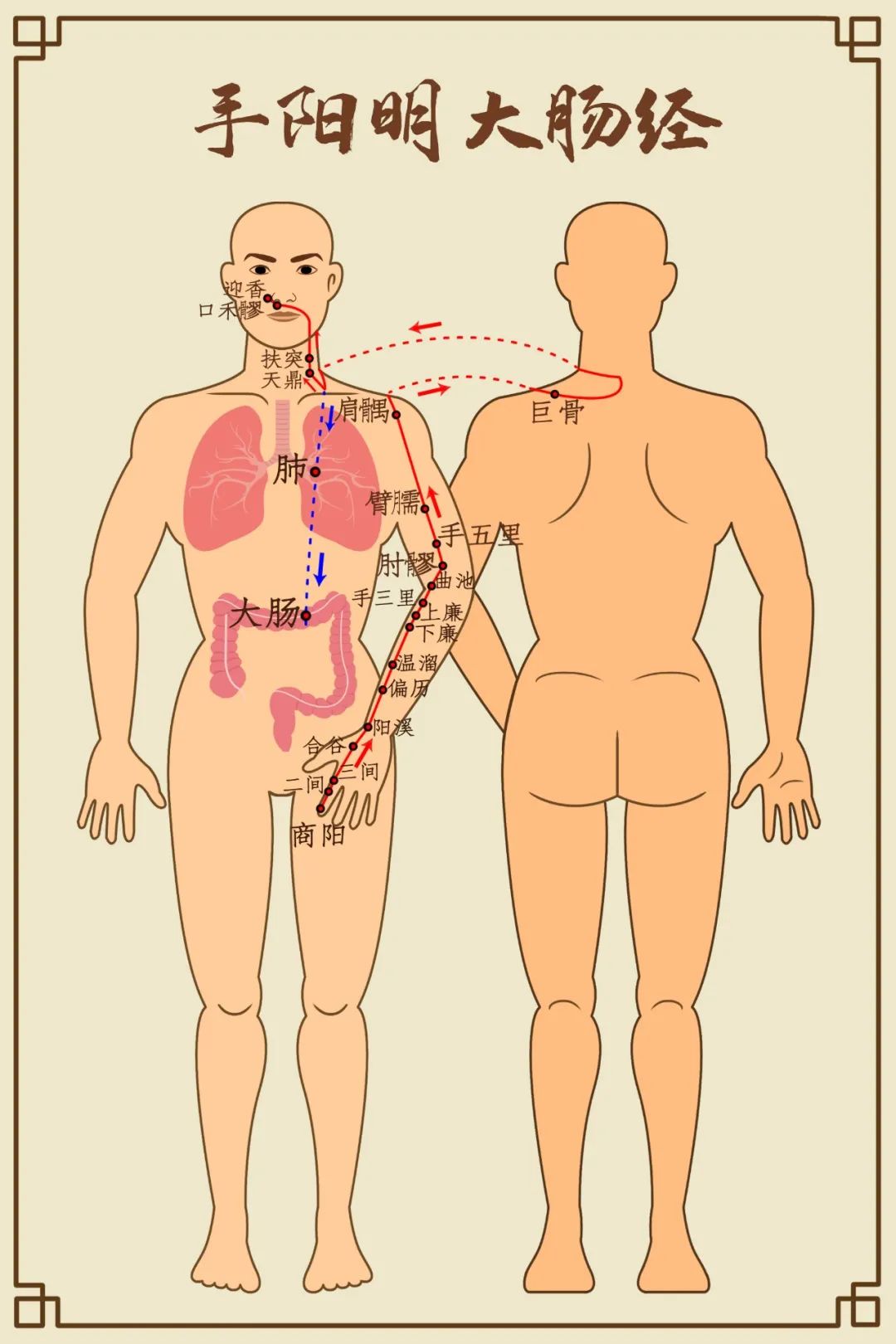

Foot Meridians
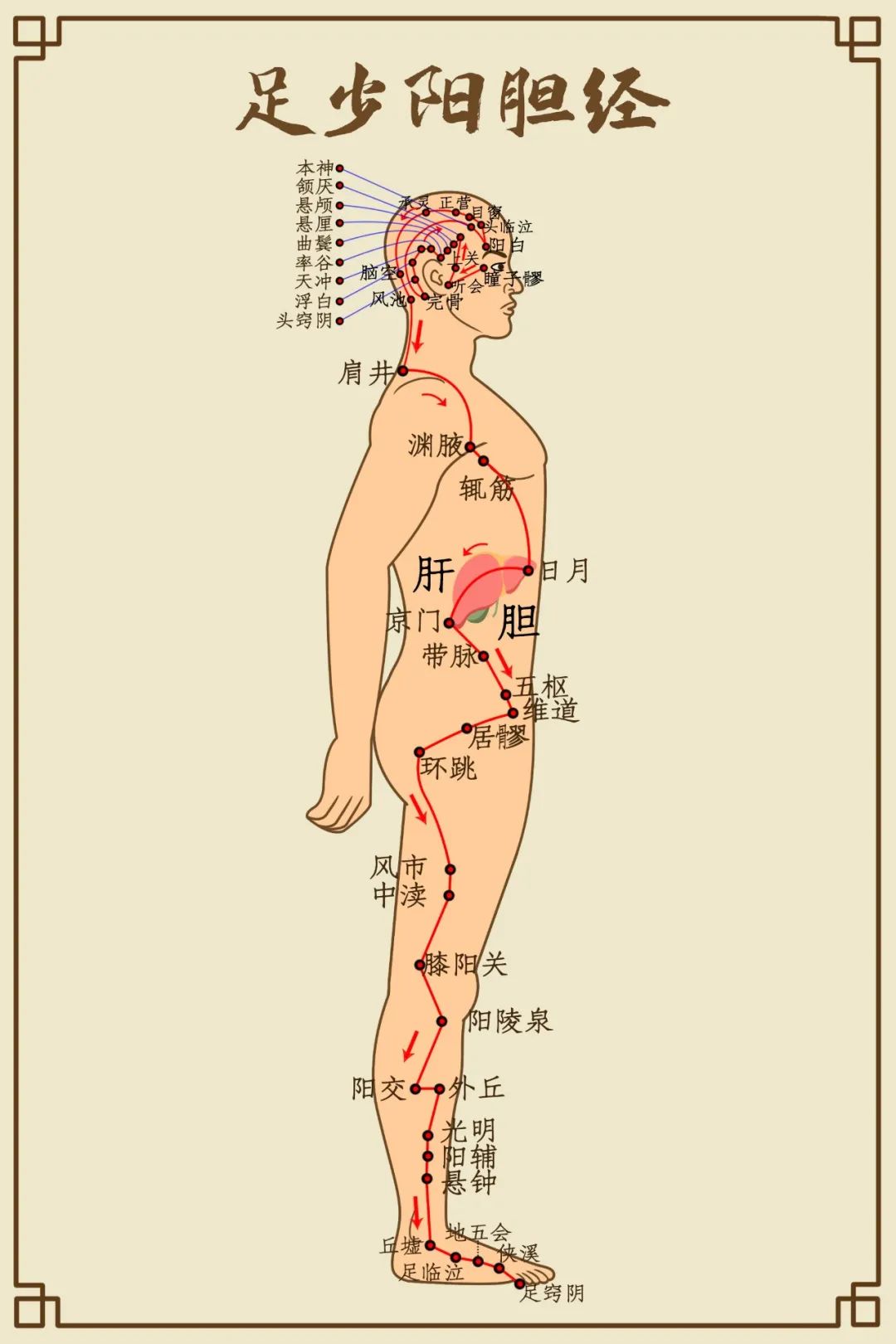
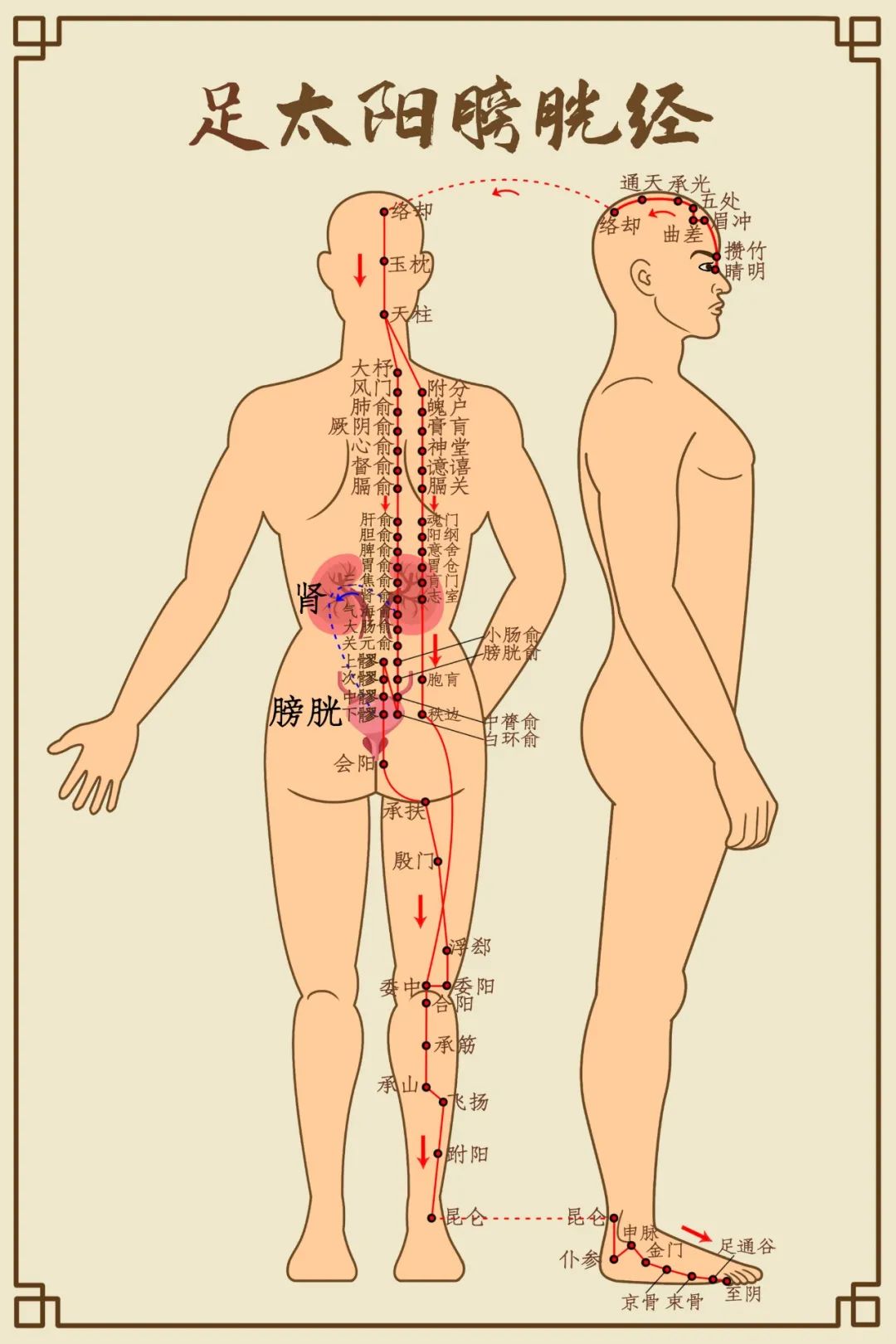
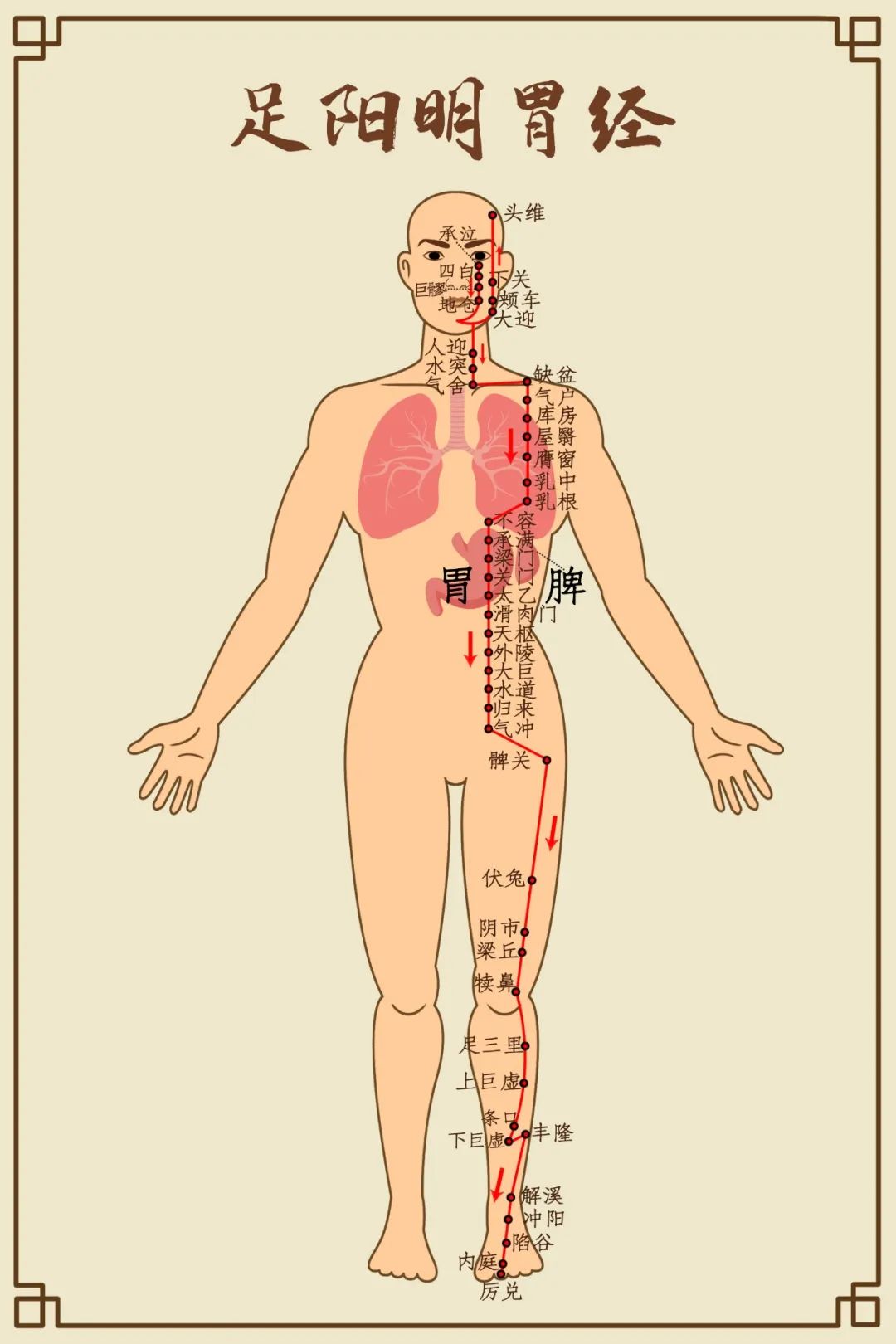

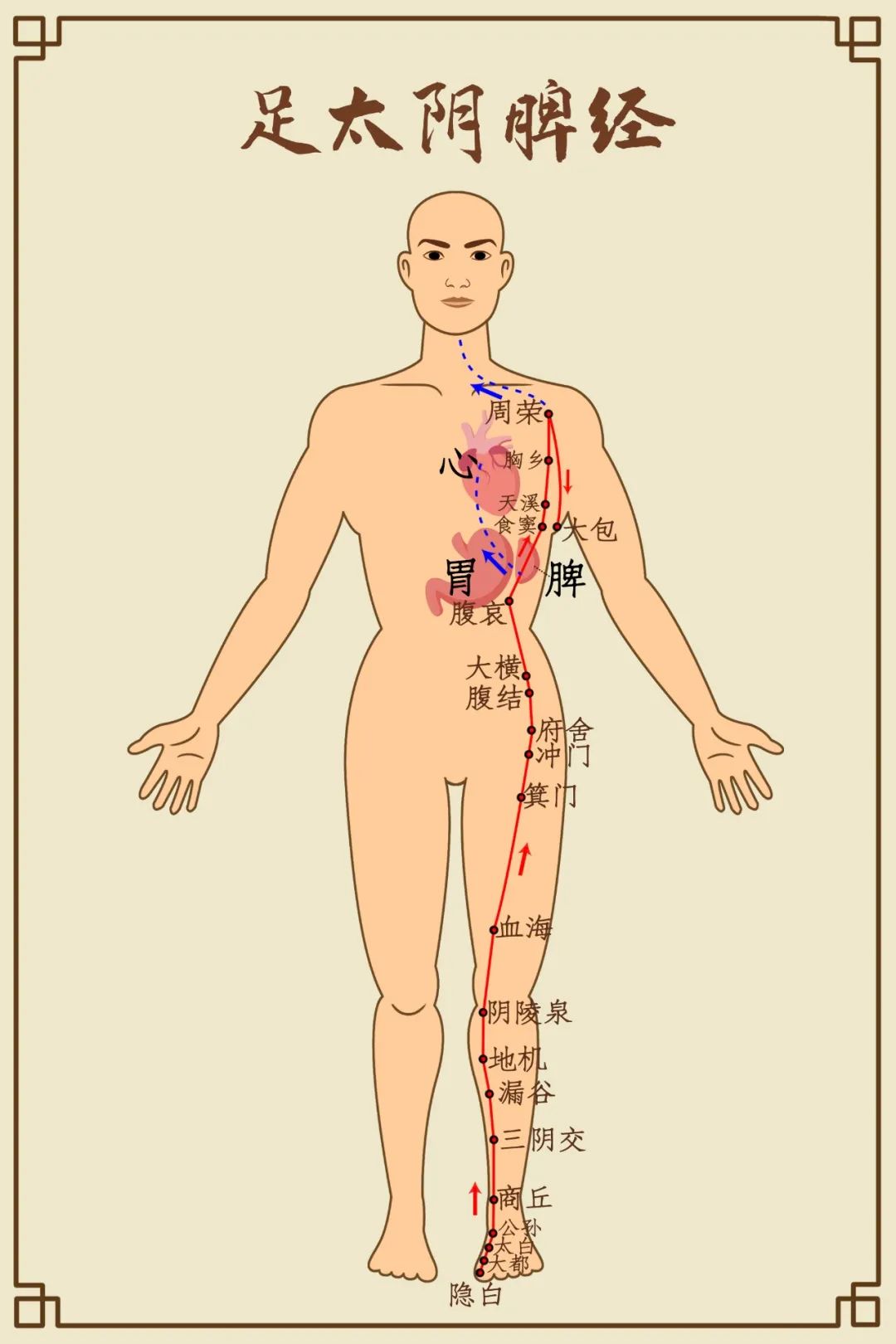
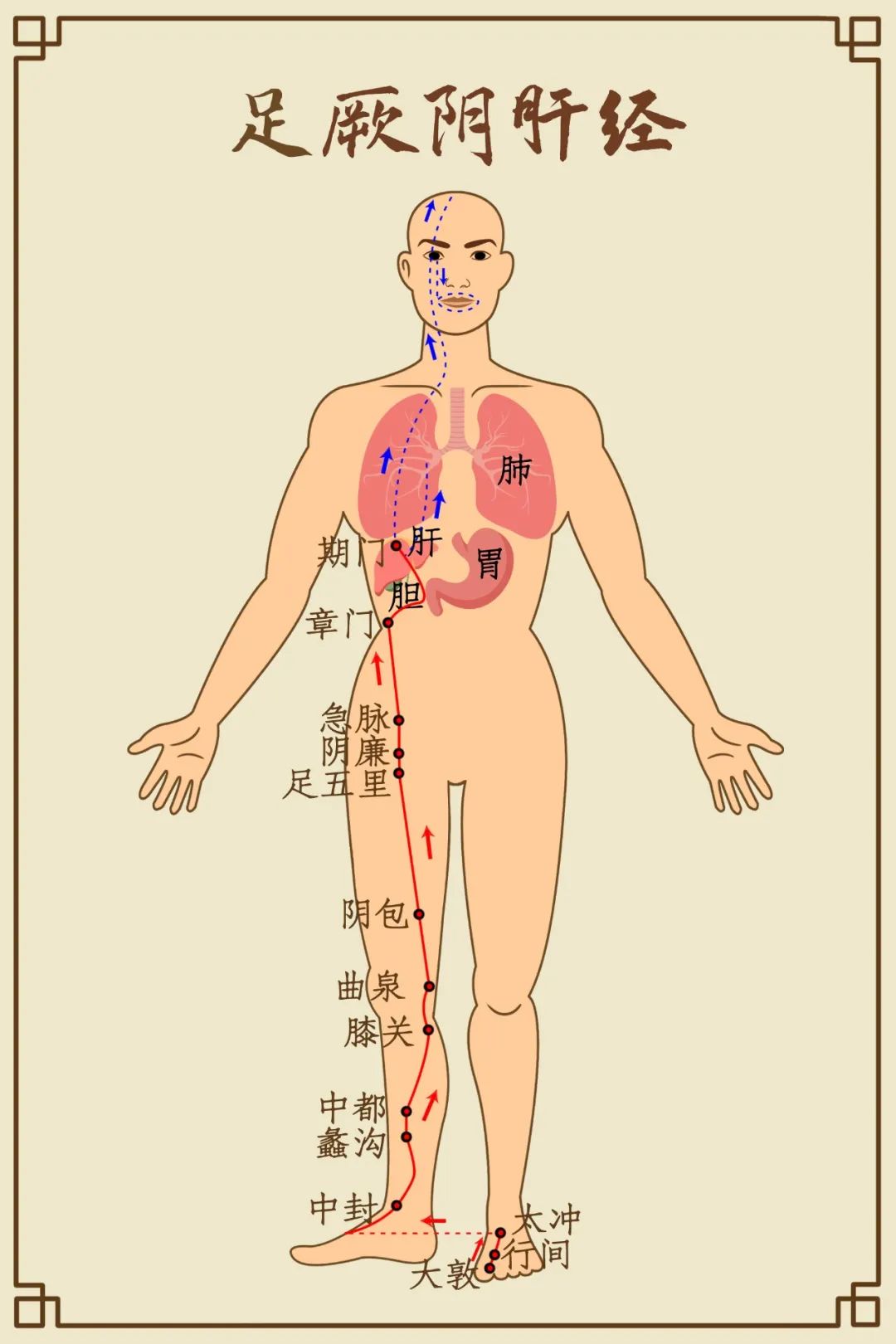

Chong Meridian and Dai Meridian
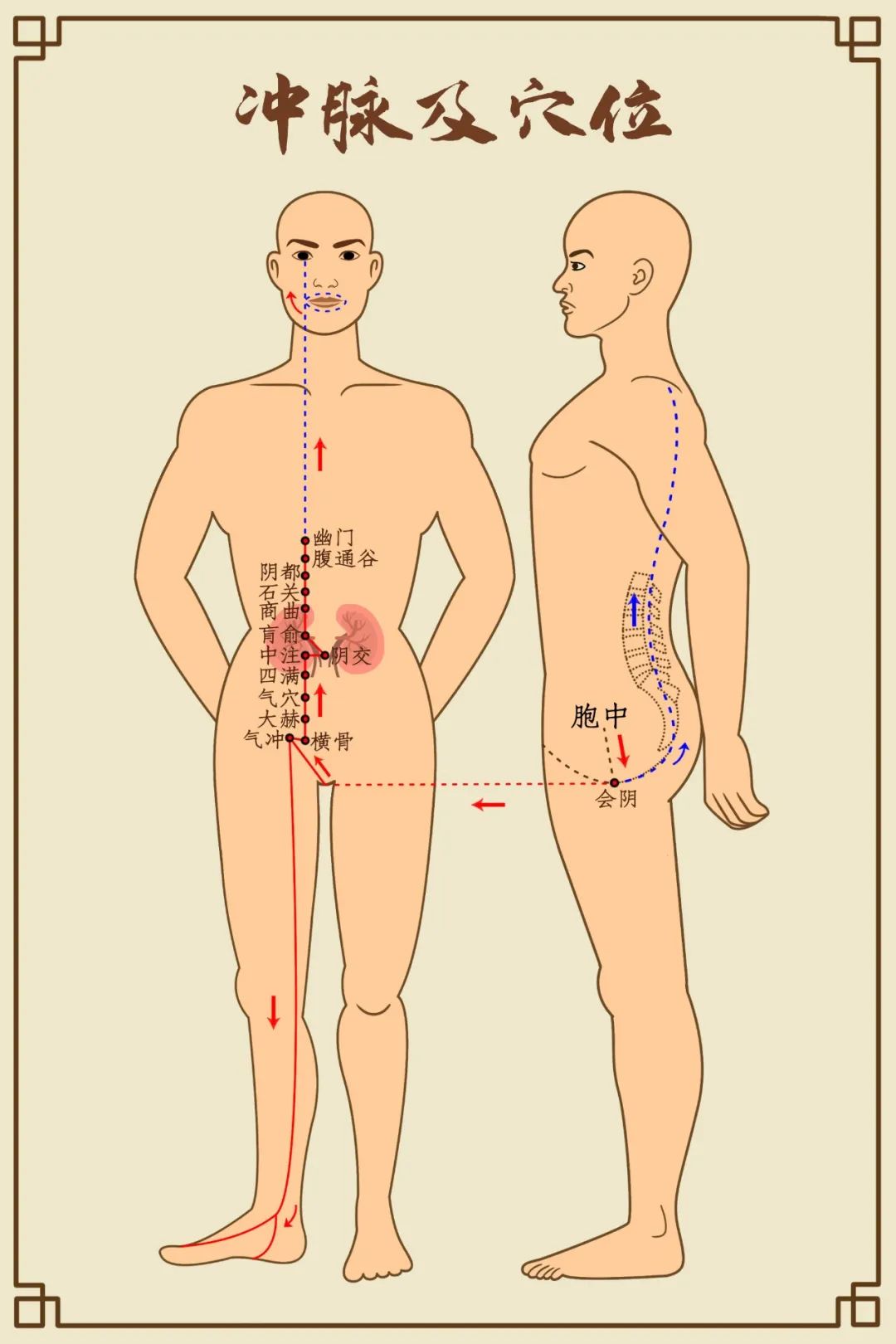
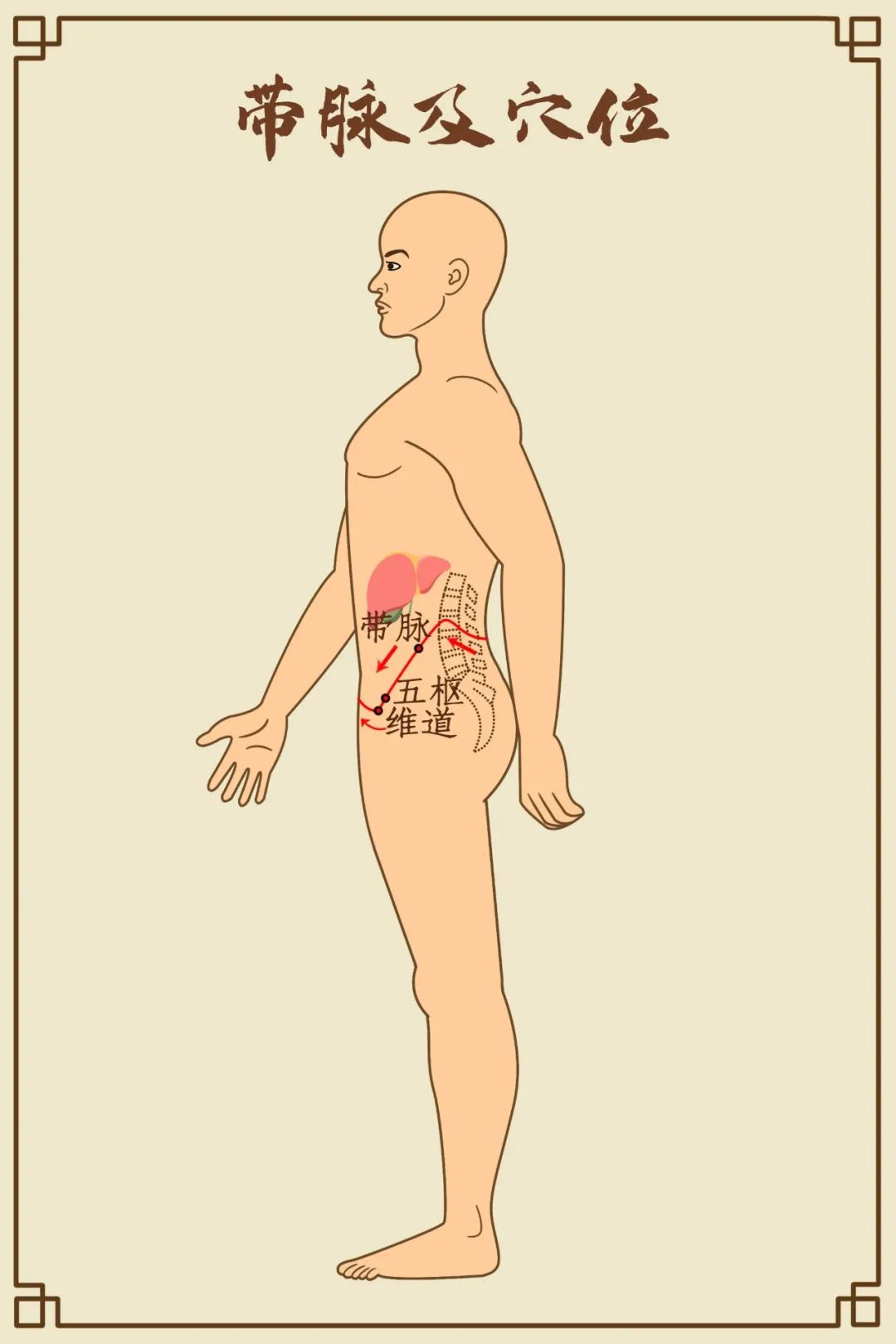
Note: Some articles, images, and videos from this public account are sourced from the internet, and the copyright belongs to the original authors. If there are any copyright issues, please contact us to modify or delete related articles.
Recommended Reading: Hundred-Day Foundation Weight Loss Series (Tai Chi, Ba Duan Jin, Standing Meditation for Fat Loss)

